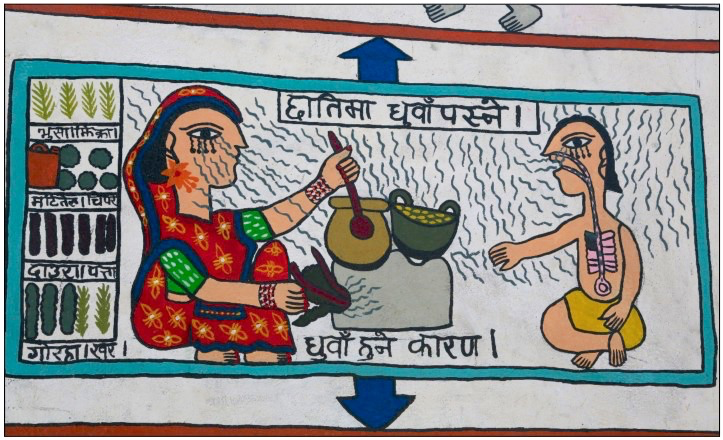


Our friends at The American Alpine Club asked us for a “trip report” for publication in their Journal – we thought you’d enjoy it as well.
Cheers.
We are in the middle of an exciting, rewarding, three-month trip to Nepal, distributing our first 1,500 clean, efficient cookstoves.
We just returned (May 3, 2012) from two wonderful weeks of brilliant weather in the Everest region. Our first stove was delivered to the Rinpoche of Tengboche Monastery, and 150 more stoves are being delivered to monks, nuns, individuals and families in that region, at up to 4,000 meters elevation.
We are changing people’s lives, one clean cookstove at a time, and it is unbelievably rewarding, humbling and gratifying – the impact in their homes is immediate and dramatic, and the smiles of the recipients say it all (reinforced by the Kata’s and the Chang)
The Himalayan Stove Project is a humanitarian / philanthropic project dedicated to preserving the Himalayan environment and improving the health of the people living in the trans-Himalayan region.
We provide free, clean-burning, highly fuel-efficient cook stoves to individuals and families who now cook with traditional, rudimentary stoves or over open fire pits inside their homes, consuming excessive amounts of precious fuel and polluting the indoor air to dangerously unhealthy levels.
We are staffed totally by volunteers, and we pay all our own expenses, so our overhead is minimal and virtually all contributions go to the project.
We work in Nepal with local organizations – “Himalayan Associates” – who have decades of contact and established relationships and trust with the local people.
The Himalayan Trust (founded by Ed Hillary),
Community Action Nepal (founded by Doug Scott)
The “RAJA” of Mustang – Jigme Bista
The Mountain Institute
T-Help – Trans Himalayan Environment and Livelihoods Programs
“Off the Wall” Trekking – Ian Wall
The project concept was born on a trek in Bhutan in Octoberr 2009, and our first pilot shipment of 48 stoves was sent to Nepal in October 2010. We spent April – May 2011 in Nepal evaluating the acceptance of stoves and establishing in-country logistics
After this intense two-month evaluation in 2011 our Himalayan Associates identified an immediate demand for 4,000 stoves, and the 1,500 being delivered now is the “first installment”.
Now, May 2012, after a few days “rest” in noisy and polluted Kathmandu we’re returning to the more restful and rewarding mountain and rural environments to continue our distribution and training activities.
Our in-country US Team includes George Basch (“Chief Cook”), Shyena Venice (“Chief Ambassador”) and Amara Charles (“Chief Documentarian”).
You can learn more about this rewarding and far-reaching program at
http://www.himalayanstoveproject.org/
George Basch – “chief cook”



Thank you for contacting Himalayan Stove Project. You have been successfully subscribed to our newsletter!